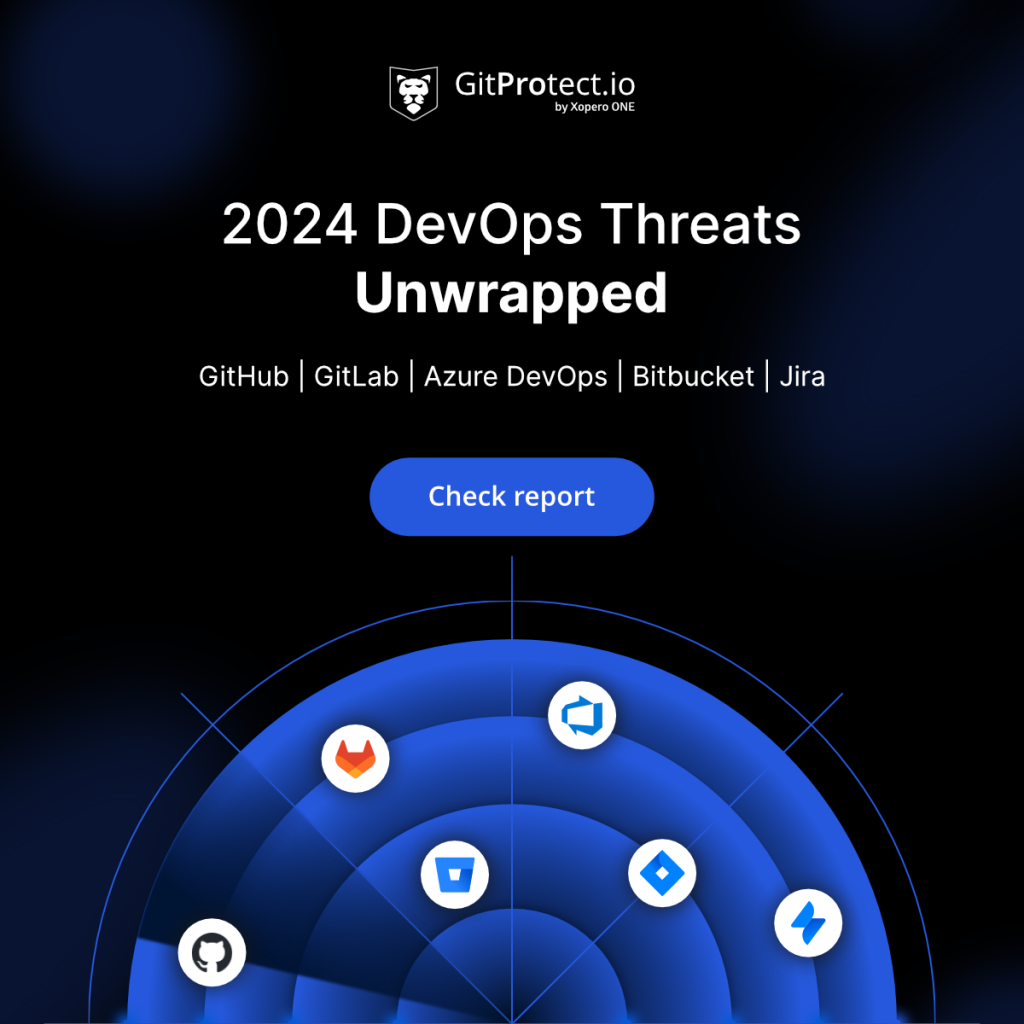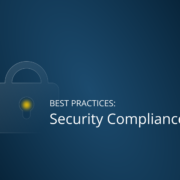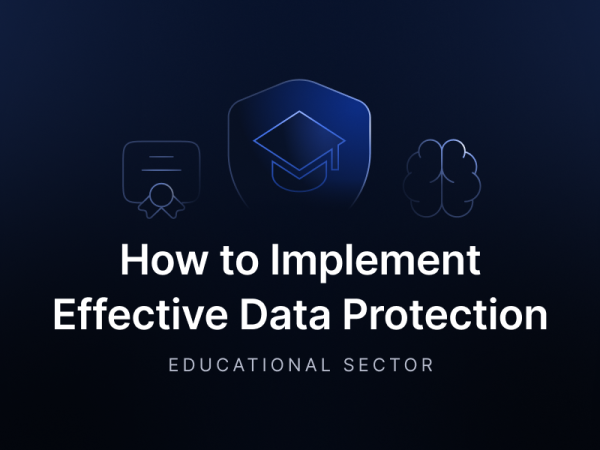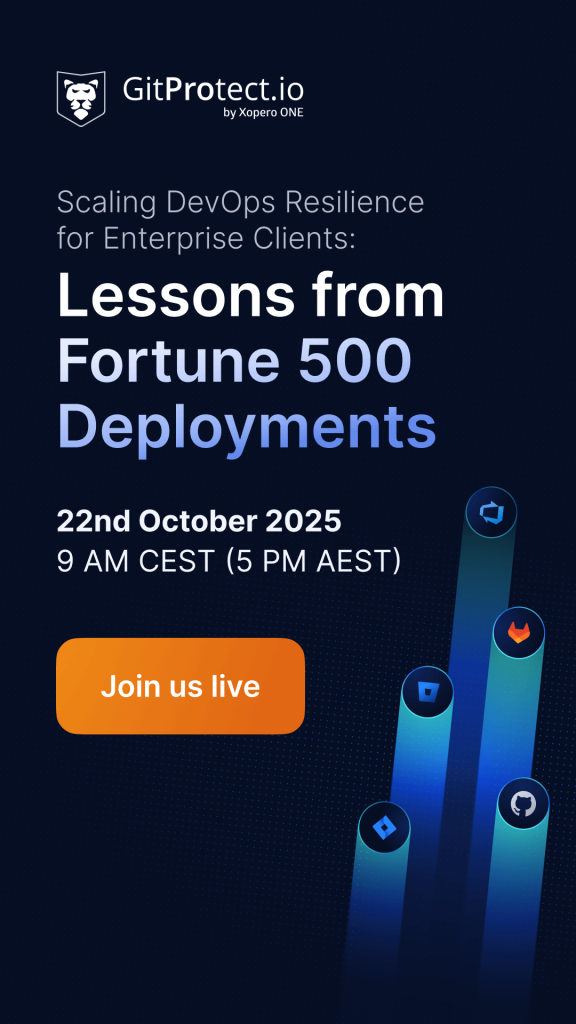
SecDevOps: A Practical Guide to the What and the Why
The transition from DevOps to DevSecOps – and now to SecDevOps – signals more than a change in terminology. It underscores that security can no longer be an afterthought in the software development lifecycle. It must lead, setting the tone and structure for everything that follows. Such a shift is what defines SecDevOps. It’s a model where security is the starting point, not the final checkpoint, guiding the conceptual approach and day-to-day operations.
DevOps was born to bridge silos between development and operations teams. It introduced automation, CI/CD pipelines, and infrastructure as code (IaC) to accelerate software delivery. Yet, speed brought exposure, making it crucial to address security issues. The more rapidly teams deployed code, the more security vulnerabilities slipped through the cracks. So, DevSecOps emerged, embedding security within the pipeline.
What is SecDevOps in practice?
However, DevSecOps often meant tracking security controls onto existing DevOps pipelines. And what’s the reality? Usually, security teams were underfunded, underpowered, and thus too late to act on essential security measures.
So, what is SecDevOps in practice? It reorients that process. Security isn’t integrated into DevOps. The latter integrates into a security-first model. It starts with:
- threat modelling
- secure coding practices
- defining security practices and policies
- embedding security in every phase of the dev process.
Ensure that your security strategy aligns with the security best practices for DevOps:
📌 GitHub security best practices
📌 GitLab security best practices
📌 Azure DevOps security best practices
📌 Atlassian security best practices
Why SecDevOps now? SecDevops challenges
To answer the question “why now?”, it’s necessary to consider three main, equally important reasons related to security policies :
- escalating security threats
- the number of security engineers available
- compliance.
Escalating security threats
The attack surface is massive, from open-source dependencies to misconfigured cloud buckets. Nowadays, the software development lifecycle includes countless third-party tools, plugins, and APIs, all of which introduce potential security concerns that require security testing.
Fewer security engineers than developers
Many enterprises, even most, run on development-to-security staffing ratios ranging from 100:1 to 500:1, making scaling manual security reviews impossible. According to some discussions on Reddit, it’s even 1000:1, presenting a challenge for security experts. Automated security testing, static application security testing (SAST), and dynamic application security testing (DAST) have become non-negotiable.
Compliance: A thing with a fang in security practices
Considering various compliance regulations, mainly GDPR, HIPAA, and PCI-DSS, organizations must document their security processes, maintain audit trails, and demonstrate the ability to mitigate security risks through continuous security training. Security as Code (SaC) and version control management systems with integrated security features make this feasible.
Backups and disaster recovery as part of SecDevOps
The typical way of thinking connects security failures only with compromised data. Meanwhile, such data halts business operations. A secure development process includes a rollback and recovery mechanism, Git-based version control practices, automated snapshots, and backup tools, which are vital. When a critical safety issue occurs after a failed deployment, making security a priority, the ability to roll back quickly is one of the security measures in itself.
On the other hand, disaster recovery protocols also help mitigate factors like human error. For example, a misconfigured IaC script can potentially wipe out production environments or corrupt critical configurations.
If so, immutable backup makes recovery possible in minutes, not days. Such a capacity is even more vital as DevOps teams adopt aggressive deployment schedules.
| Feature | Details |
| Unlimited retention | Retain backups for as long as needed, ensuring compliance and data preservation. |
| Ransomware protection | Immutable storage, encryption with your own encryption key, and Disaster Recovery capabilities. |
| Disaster recovery | Ready for every scenario with granular restores and multi-destination options (e.g., to the same or a new account, local instance). |
| Multi-storage technology | Flexible storage options: bring your own S3, on-premise, hybrid, or use free unlimited storage. |
| Custom backup policies | Define frequency, backup types (full, incremental, differential), retention, and rotation schemes(e.g., GFS, Forever Incremental). |
| Top-tier security | SOC 2 Type II and ISO 27001 compliance, Zero Trust Approach, AES encryption with custom keys, advanced activity tracking, and audit logs. |
| Wide restore options | Restore to the same or a new account across tools or between cloud and on-premise deployments. |
| Deployment flexibility | SaaS, on-premise, and hybrid setups with data residency options tailored to your organization. |
| Policy-based management | Streamlined task balancing, data compression, and automated notification systems. |
GitProtect offers affordable support for various backup strategies (3-2-1, 3-2-1-1-0, 4-3-2, etc.).
💡 Want to learn more about how to build a 360 cyber resilient and compliant data protection strategy for your DevOps stack? Read our DevOps data protection best practices.
Mitigate security risks – the security development
It’s worth noting that SecDevOps is not about bureaucracy. It’s defining and automating security practices and principles. That means it’s embedded invisibly in each commit, build, and deployment. Among the elements that contribute to making security tools a crucial part of the development workflow are:
- version control
- code reviews
- continuous integration
- security scans, etc.
In the meantime, advanced security tools, like GitProtect, enforce secure coding standards. They flag insecure dependencies and ensure compliance.
However, no DevSecOps tool, no matter how powerful, won’t solve all SecDevOps challenges. Security training, shared responsibility models, and above all, cooperation between dev, ops, and security teams remain the foundation of all security ventures.
Developers must be aware that certain decisions have security implications. Development and security teams must understand how development constraints affect implementation.
Final thoughts. Security by default in the development lifecycle
In the end, it’s time to state the obvious. SecDevOps is not a phase or a checklist. It’s a mindset and culture in one, a way of reordering priorities that defines the upcoming steps in the software development lifecycle delivery.
All the more so when SecDevOps integrates security from the outset. In turn, every layer of the existing stack, including development and operations, becomes a defense mechanism:
- from source code to infrastructure
- from the CI/CD pipeline to the deployment process.
From that perspective, SecDevOps builds a resilient, intelligent, and adaptive security posture that scales. In the end, it’s not just about preventing security challenges. The goal is to keep good security practices in the environment where everything, including tools, teams, and threats, evolves faster than before.
[FREE TRIAL] Ensure compliant DevOps backup and recovery with a 14-day trial 🚀
[CUSTOM DEMO] Let’s talk about how backup & DR software for DevOps can help you mitigate the risks








